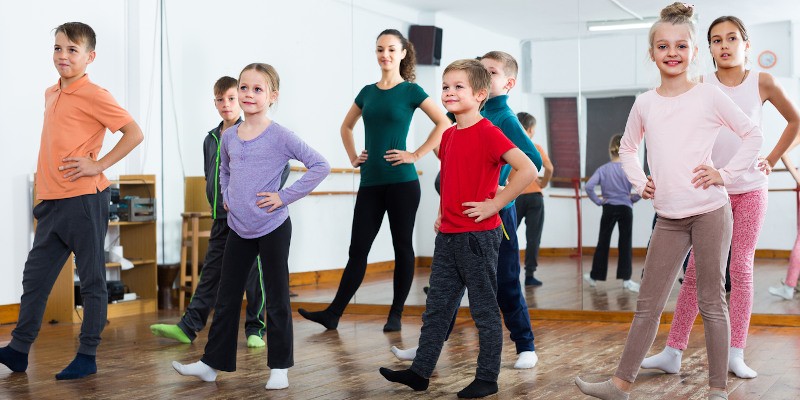
Dancing is more than just a kind of art; it’s a dynamic mix of movement, rhythm, and expression that works the body and the mind. Knowing the ideal moment to start dance lessons for their children might be quite important for parents thinking about them. Understanding When to start dance classes can make a significant difference in ensuring a smooth and enjoyable journey into dance. The developmental milestones of the child should guide the choice: motor skills, cognitive capacity, and socializing degree. This guide guarantees a good and interesting experience for young dancers by showing how these developmental phases fit preparation for dance training.
The Early Years: Building Basic Motor Skills
Usually between eighteen months and three years, toddlers are in the exploratory stage of their motor development. Children learn to walk, run, and jump throughout this period, therefore progressively gaining control over their body. Dancing calls for these fundamental motor skills.
Although structured dance courses for young children frequently focus more on movement exploration than formal instruction, they can offer a great introduction to rhythm and coordination. Usually stressing fun and creativity, classes meant for this age range inspire kids to move freely and grow in body awareness. At this point, developing a passion of movement takes precedence over perfecting skills.
The Early School Years: Developing Focus and Teamwork
Children’s social and cognitive skills leap forward from age’s six to eight. They can grasp the idea of teamwork, concentrate for extended lengths of time, and follow multi-step directions. Their physical skills also advance, enabling more exact and under control motions.
Children should begin organized dancing classes in forms such ballet, jazz, or tap at this perfect moment. At this point, they can manage the discipline and practice needed to become masters of fundamental forms. Furthermore, the group dynamic of a dancing class improves social skills, teaches youngsters respect of others, patience, and teamwork.
The Preteen Years: Strengthening Technique and Expressiveness
Children’s bodies grow more nimble and powerful as they get between the ages of 9 and 12, which helps them to do increasingly difficult dancing moves. Important elements of dancing, musicality and expressiveness, also help them grow to be more conscious.
Children are frequently ready to explore several dance forms or specialize on a given one throughout these years. Advanced classes demand discipline and focus that help students develop resilience and confidence. Dancing also offers an emotional release so preteens may creatively channel their emotions.
Adolescence: Refining Skills and Building Passion
Teenagers, 13 years of age and above, are in a time where they can improve their dance abilities and investigate dance as a kind of personal expression. For sophisticated choreography and advanced skills, they have the endurance, strength, and flexibility required.
Choosing the Right Time for Your Child
Dance preparedness depends on each child’s growth. While some kids adjust to a structured school slowly, others are drawn to rhythm and movement early on. When to teach your child dance depends on their physical, attention, and social skills. Beginning dancing classes at the correct age fosters creativity, physical development, and a lifetime love of music and movement. Dance is more than motions and routines—it celebrates joy, growth, and expression one milestone at a time.






